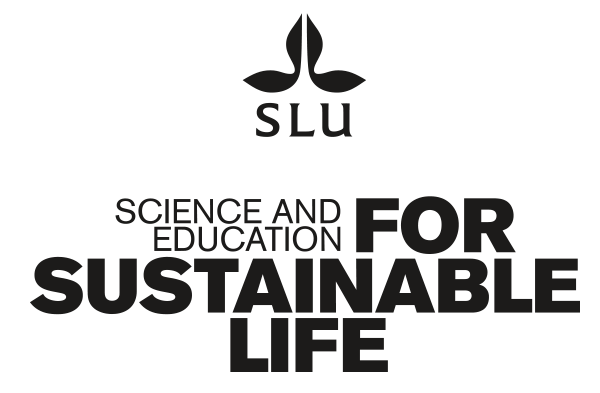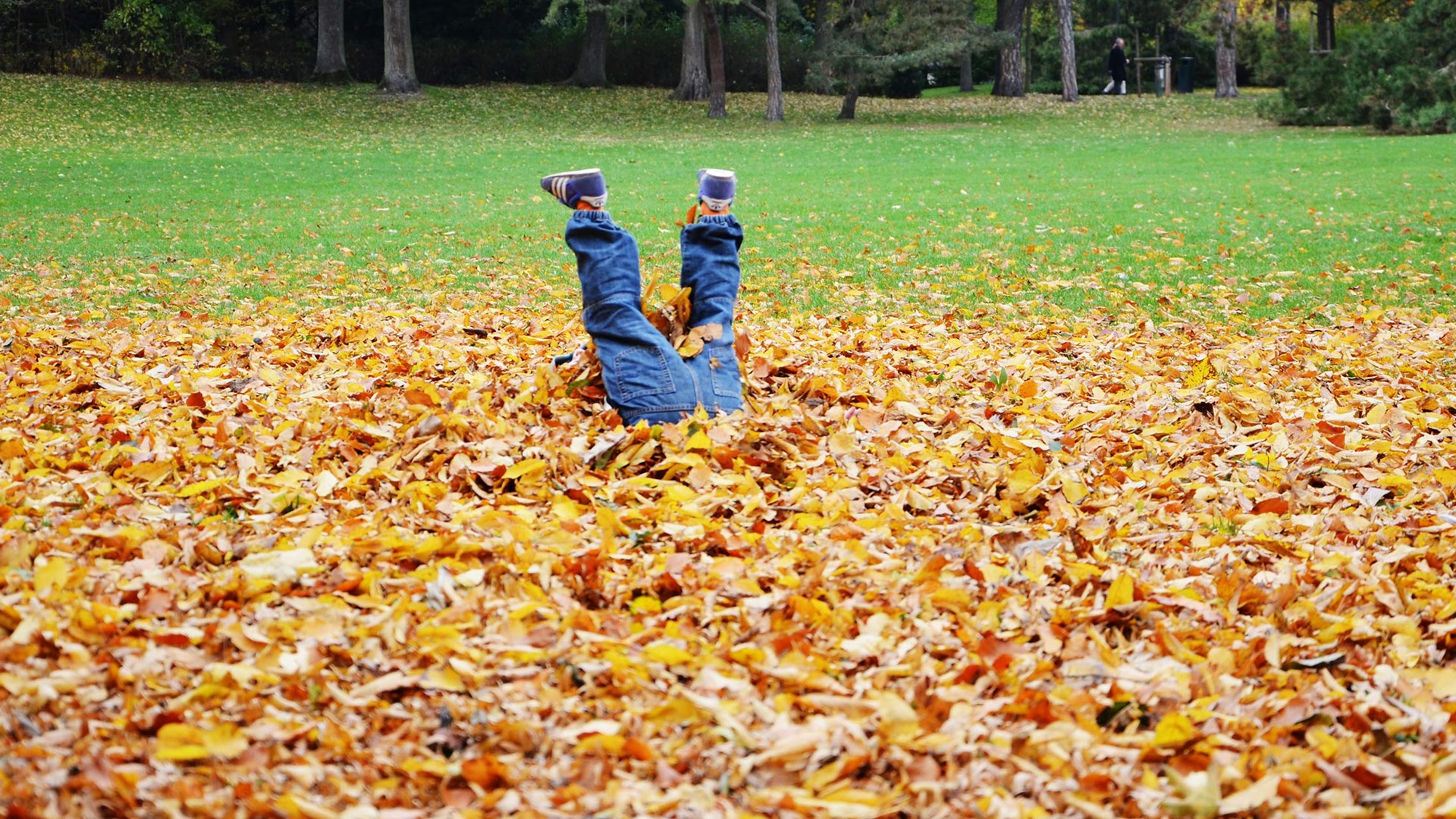
52% of all green areas in Swedish cities are lawns. Here, the biological diversity is poor, the management costs are high, and the opportunities are many.
Photo: Parvin Mazandarani
– if it were up to our children
For decades, researchers at SLU have studied children and adolescents’ outdoor environments: school grounds, playgrounds, and other places where they play and learn. Growing numbers of transdisciplinary research projects have been set up in recent years, as researchers have discovered synergies between fields such as landscape architecture, biodiversity, children’s play environments, the climate transition and public health. When different areas intersect, it takes academic research to a completely new level.
![]()
Children run across a meadow of wildflowers. They disappear among the trailing branches of a willow, cavort back into sight in a hazel and elder grove and then run towards a small pond. Some squat to stir its waters with a stick; others jump across from stone to stone, clamber over the slippery tree trunk and then join their friends, who are building a fort out of branches in the shade of the tall climbing tree.
The place where they are playing is no regular playground. This is no artificial area with rubber surfaces, swings and structures straight from a catalogue, it is a play biotope, a place where landscape and play go hand in hand. These areas have been carefully studied by environmental psychologists, landscape architects, ecologists, and experts in urban vegetation.
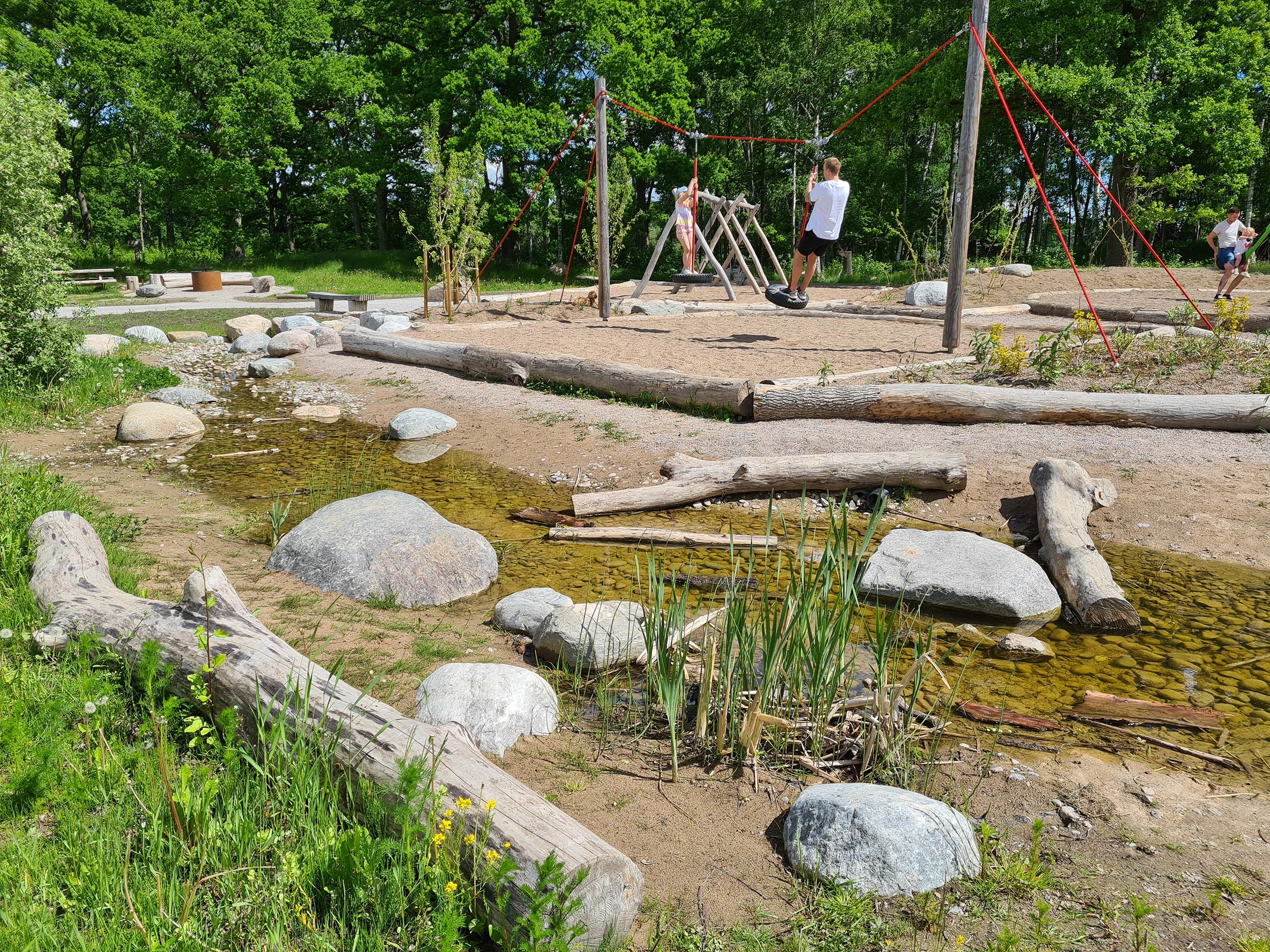
With the concept of 'play biotop', the research project 'Sustainable play environments in the city' examined how urban ecosystem services and play areas can coexist. Photo: Mattias Gustafsson
More stimulating play areas on nature’s own terms
Creating a play biotope is all about capitalising on a place’s unique elements. Nature treats children to a veritable feast of sensory experiences and play materials. These days, traditional playgrounds and school grounds often lack that versatility, as stringent safety requirements have resulted in environments that are more static.
“We see problems with children not being challenged or learning how to manage risks. This can reduce physical activity and cause mental health problems and other issues. These days, we are so worried about creating safe environments for children to play in, that we have started applying the EU’s playground safety standards to climbing trees and nature – which they were never meant for.” - Märit Jansson, Senior Lecturer in Landscape Planning at the Department of Landscape Architecture, Planning and Management, SLU.
Areas that are rich in biodiversity and natural challenges stimulate children’s play while simultaneously encouraging them to become stronger, more creative and better at solving problems.
Play biotopes are one of many examples of transdisciplinary cooperation at SLU, where researchers from different fields of study work together in a fruitful practical cooperation with municipalities. This also illustrates SLU’s efforts to promote sustainable urban development.
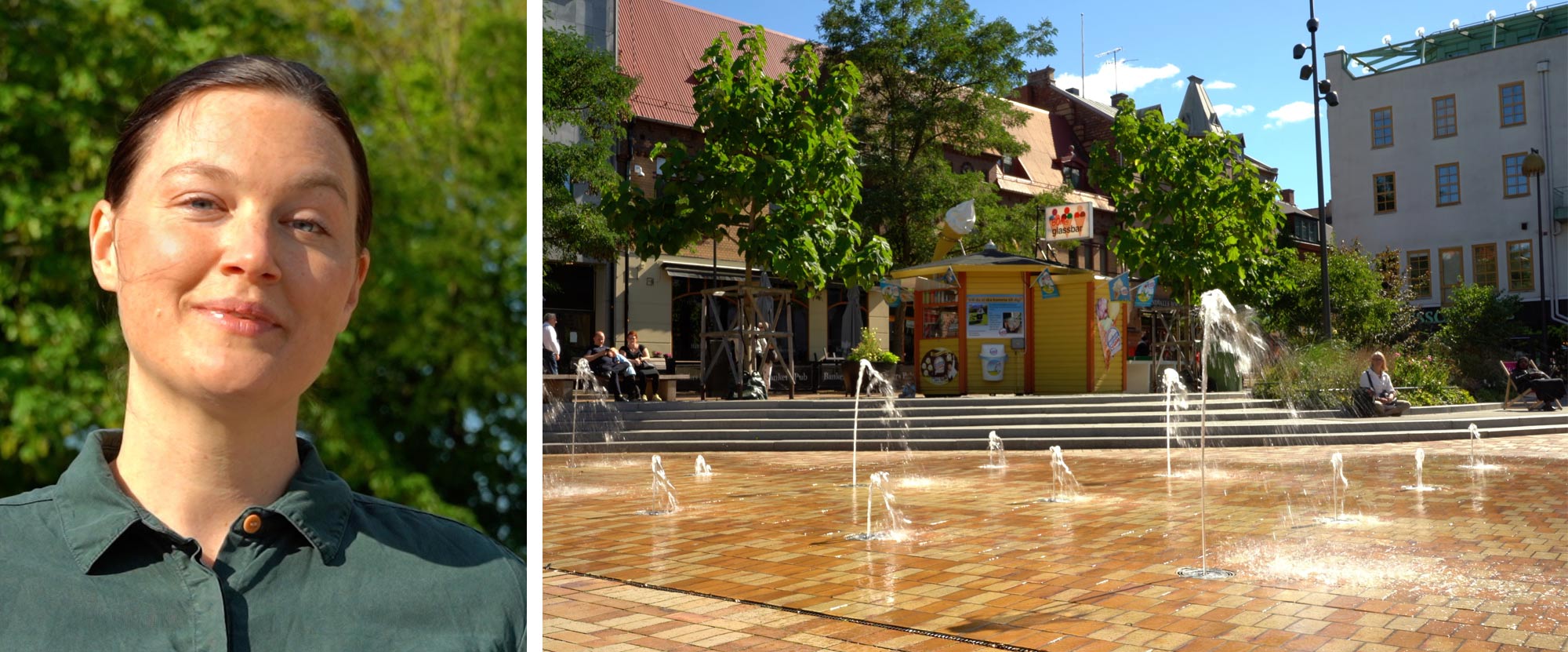
”Encouraging play can be a way to improve the quality of the built environment in more places than just traditional playgrounds and for both children and others”
Märit Jansson, SLU
Photos: Anders Rasmusson
![]()
Less and less space for children in cities
It is a well-known fact that an ever-larger share of the global population now lives in cities. This urbanisation puts pressure on the green spaces we have; slowly but surely, they are shrinking. A noticeable example of this is the sizes of schoolgrounds - where Sweden once was a role model, but is now turning into the opposite.
SLU Movium Think Tank, which has monitored urban development for more than four decades, has been keeping an eye on this development. In 2006, the Government awarded Movium an official mandate to coordinate and disseminate knowledge about the way children and young people interact with their outdoor environments.
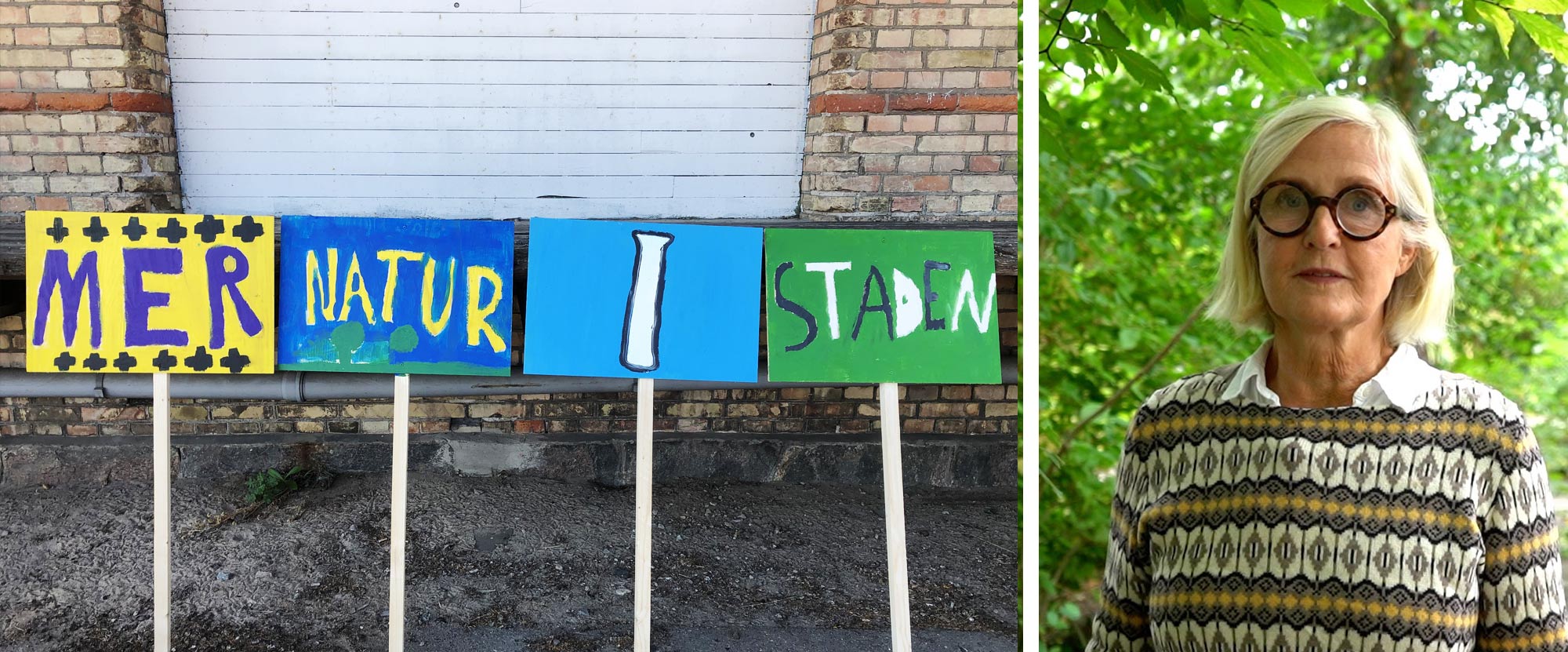
“Adults plan cities based on their own needs. But children don’t own cars and don’t have any purchasing power. Nor can they speak up in the public debate. Which is why adults need to learn to include the perspective of children in these planning processes and ask children what they want and need.”
Lena Jungmark, National Coordinator for Children and Young People’s Outdoor Environments, SLU Movium Think Tank
Photo: Lena Jungmark and Anders Rasmusson

52% of all green areas in Swedish cities are lawns. Here, the biological diversity is poor, the management costs are high, and the opportunities are many.
Photo: Parvin Mazandarani
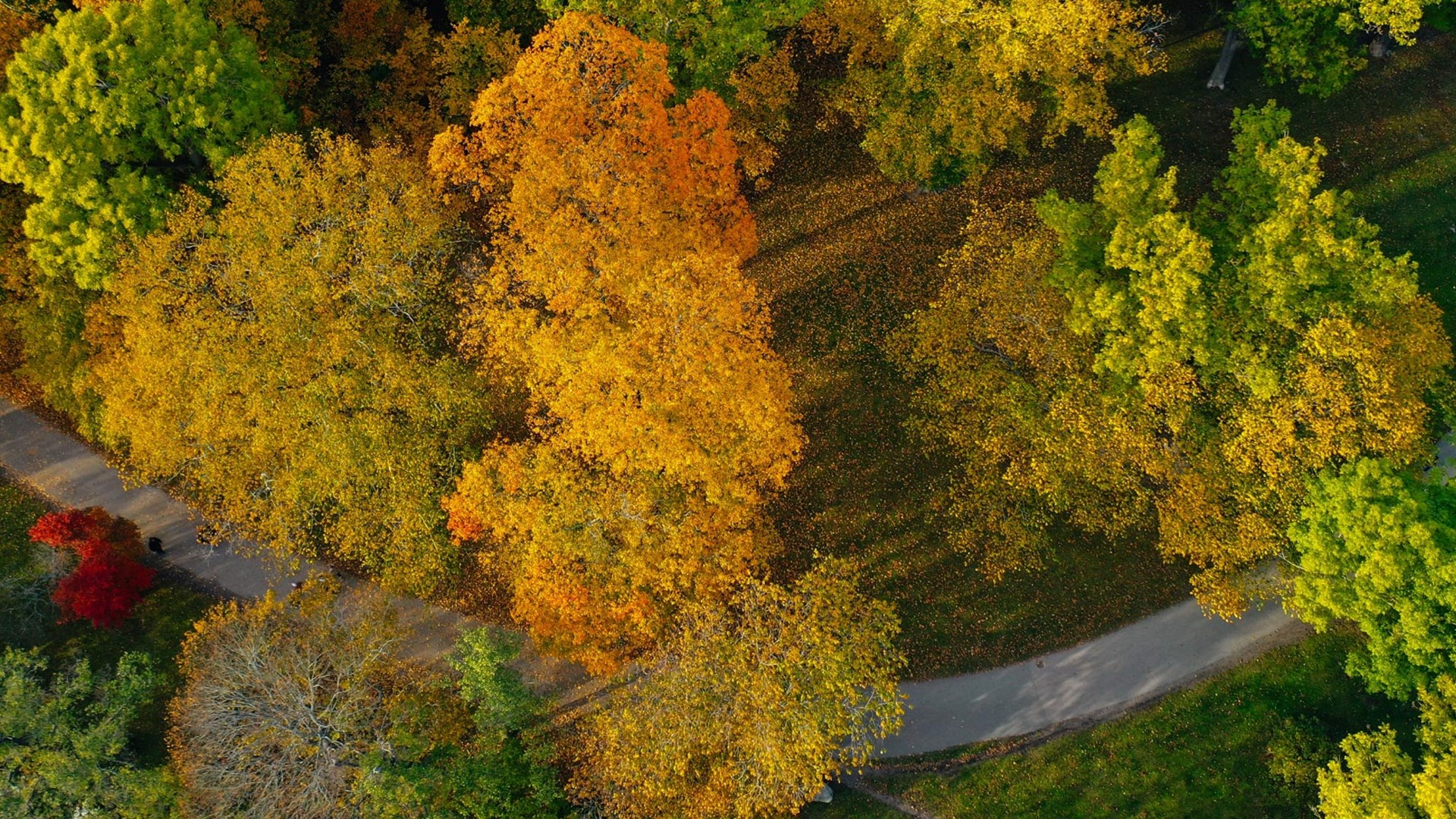
Society can make money from trees. In Stockholm, trees collectively capture air pollutants that can be equated to 99 million Swedish kronor in socio-economic value, according to the i-Tree Eco calculation model.
Foto: Micke Andersson
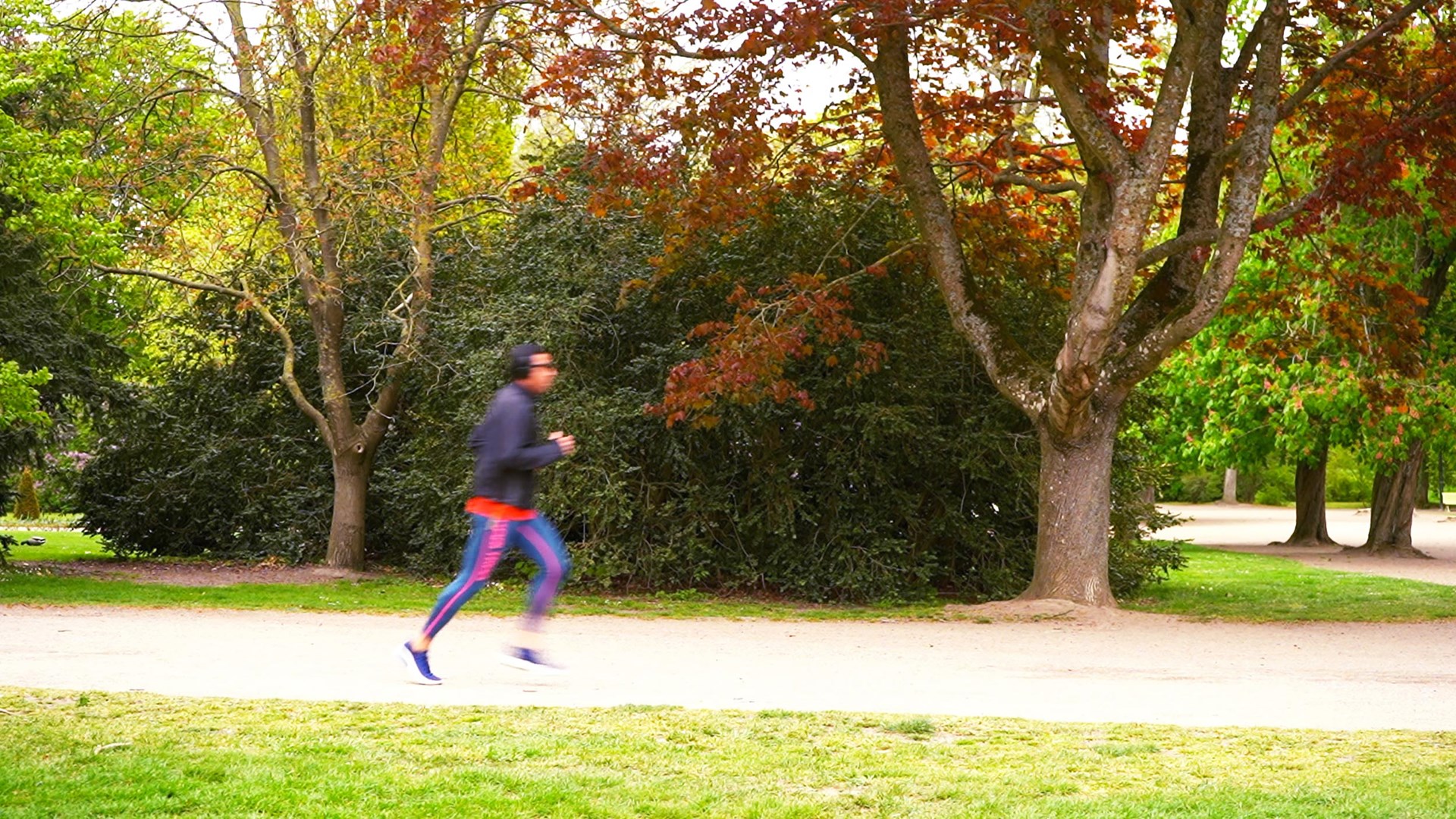
7% of all outdoor recreation takes place in the city and its surrounding areas - no more than 2000 meters from home (5% of Sweden's surface area). The nature near urban areas is therefore important for outdoor recreation.
Foto: Anders Rasmusson
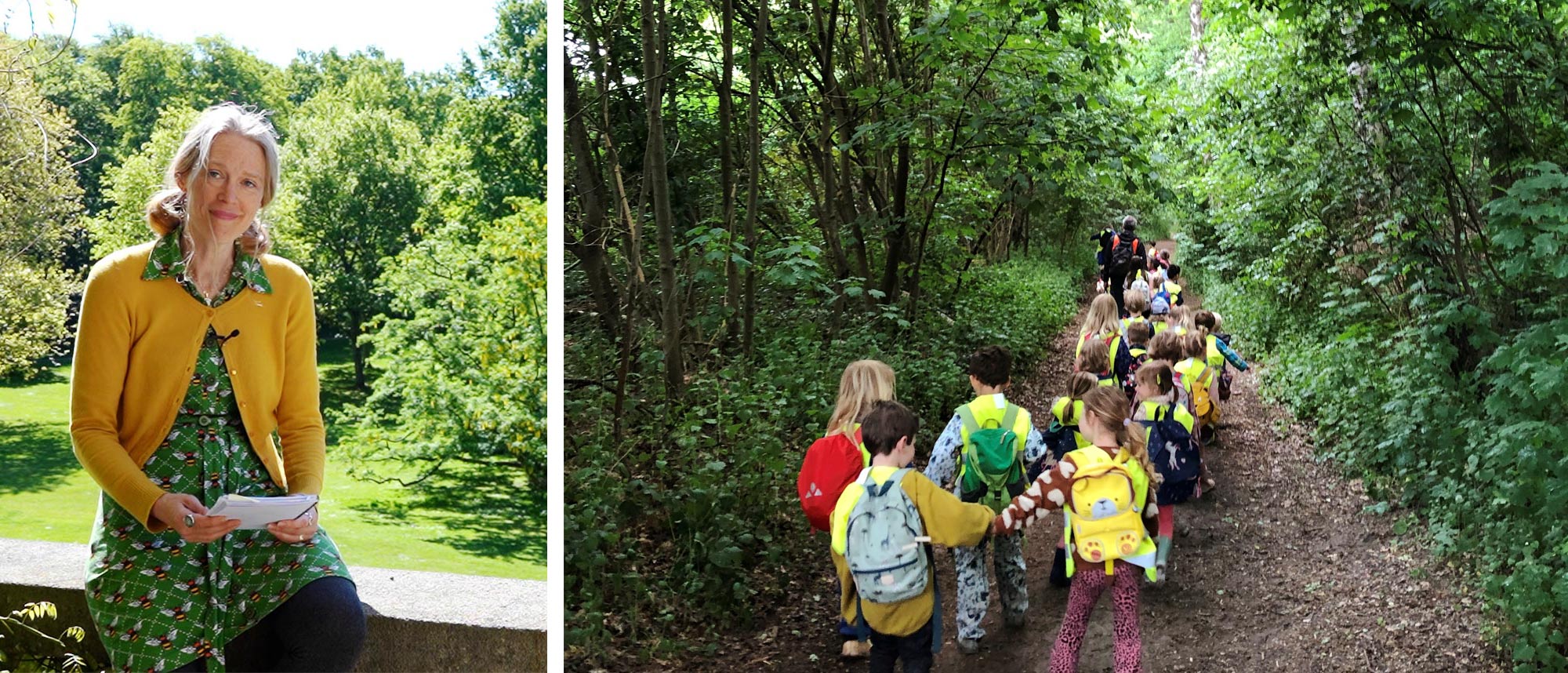
“That first step out outside should be easy. Partly for those for who struggle to go anywhere by themselves – what is right outside your front door then becomes extremely important – but also for those who don’t have a lot of time. Which, these days, is all of us, really. Proximity to nature, stimulation and getting to experience nature are important in our everyday life.”
Anna Bengtsson, Senior Lecturer in Environmental Psychology at the Department of People and Society
Photo: Anders Rasmusson and Hanna Weiber-Post
![]()
Child-friendly cities are good for everyone
Not only does the lack of green spaces in cities and urban forests affect city-dwellers’ physical and mental health , it also affects cities’ biodiversity and resilience to the effects of climate change. Those who tend to suffer the most from occurrences like heat waves are children, elderly people and those who are ill. A city that is designed for these groups is actually a city that serves us all.
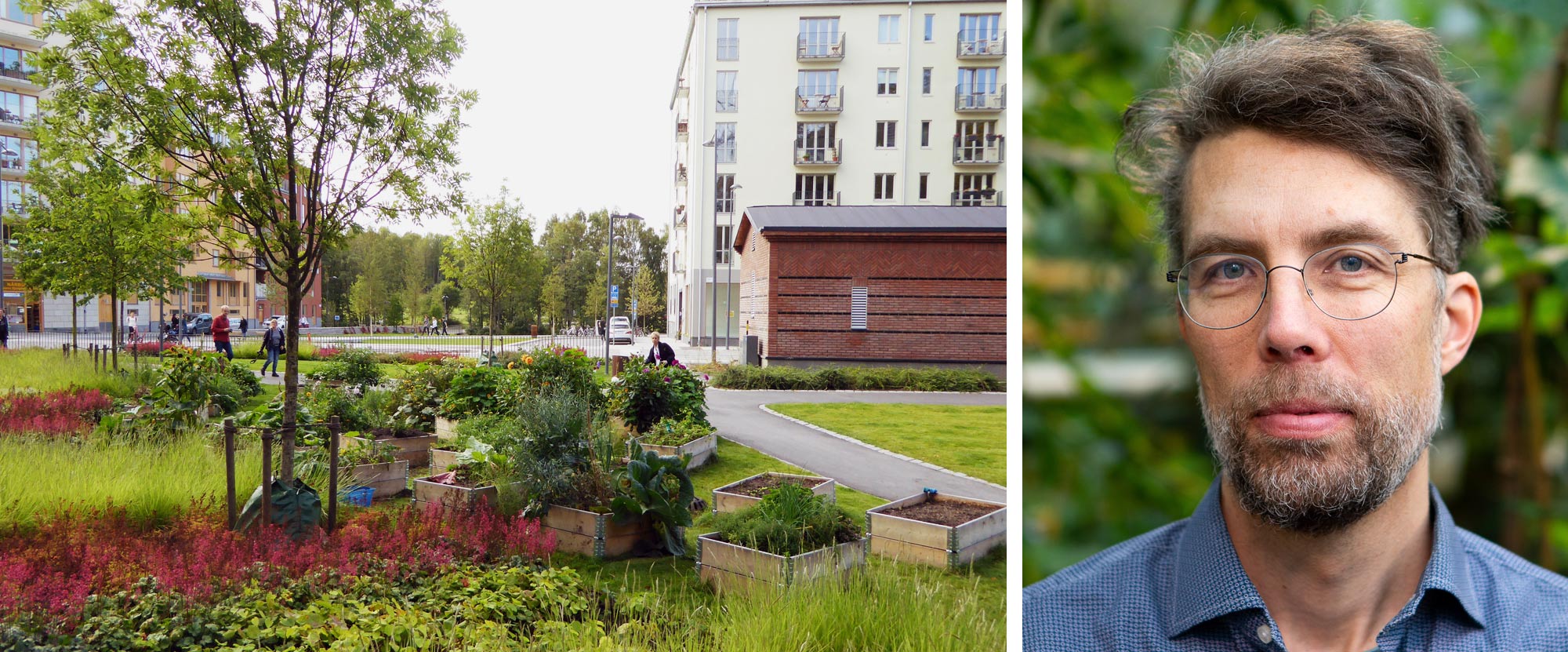
“Creating multifunctional green spaces is an important measure to help people as well as other species live healthy lives in cities.”
Marcus Hedblom, Professor of Landscape Architecture at the Department of Urban and Rural Development, SLU
Photo: Anders Rasmusson and Jenny Svennås-Gillner![]()
Multifunctional green spaces – for people and nature
Play biotopes are a good example of multifunctional green spaces. They allow rich biodiversity to coexist with children’s play and simultaneously encompass different ecosystem services, such as shade, stormwater drainage and trees’ absorption of carbon dioxide.
The way we choose to shape the urban landscape also influences the sustainable development goals of Agenda 2030. This also applies to the landscape between cities and the countryside, and the landscape where city meets forest. We know that if we want to tackle the complex challenges we are currently facing, we will need to get better at cooperating across borders, sectors and disciplines. The landscape perspective allows us to look at things through a broad, inclusive lens, one that integrates expertise from natural and social sciences, the humanities and art and design.
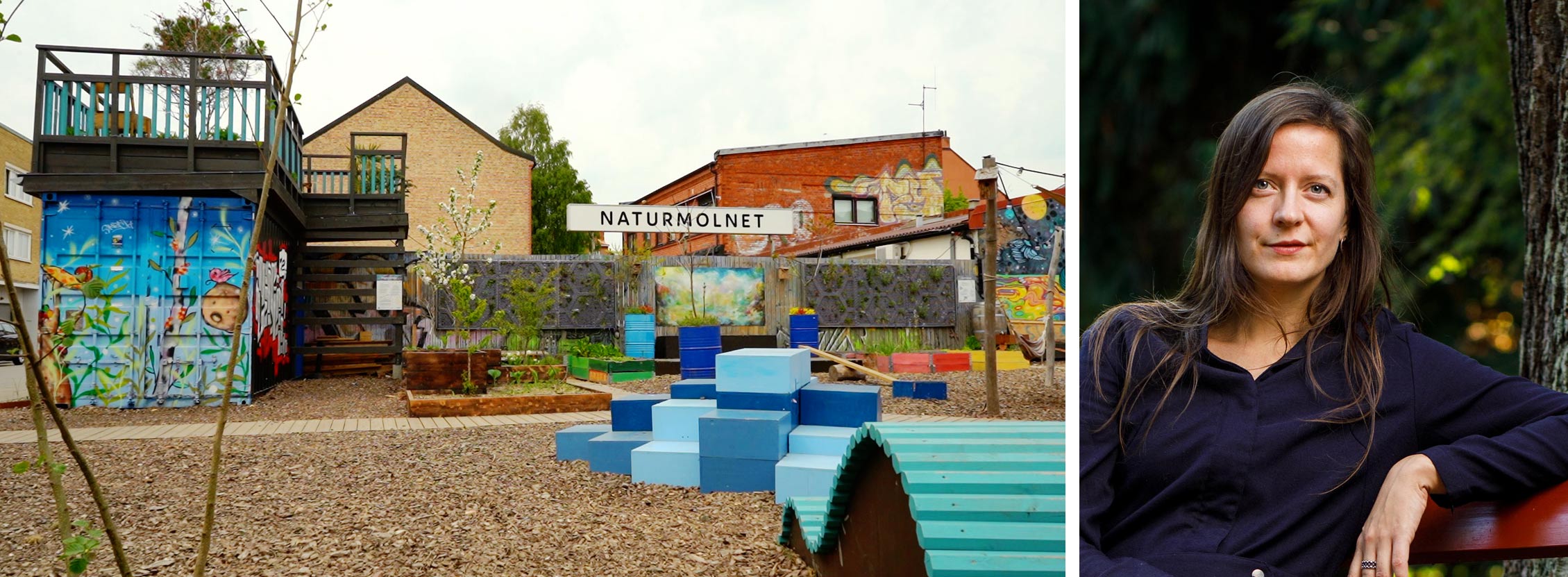
“We live in an age that calls for transformative capacity-development: co-produced knowledge that stimulates critical thinking. We need to find ways to improve how we integrate research and practice, and make the most of practice-based knowledge.”
Nina Vogel, Acting Programme Director for the strategic platform SLU Urban Futures and researcher at the Department of
Landscape Architecture, Planning and Management
Photo: Anders Rasmusson and Mårten Svensson
Cities are becoming increasingly important for global sustainable development. Including the perspective of children in urban planning, and in more disciplines and sectors, is a major step towards building the beautiful, healthy and sustainable green cities of tomorrow – cities that benefit us all.
![]()
Story:
Hanna Weiber Post, e-mail
SLU Urban Futures
Press / research contact:
Fredrika Mårtensson, Senior Lecturer, e-mail
Department of People and Society
Production:
SLU Division of Communication, e-mail
The content is free to share in its original form if the source/url is cited.
![]()
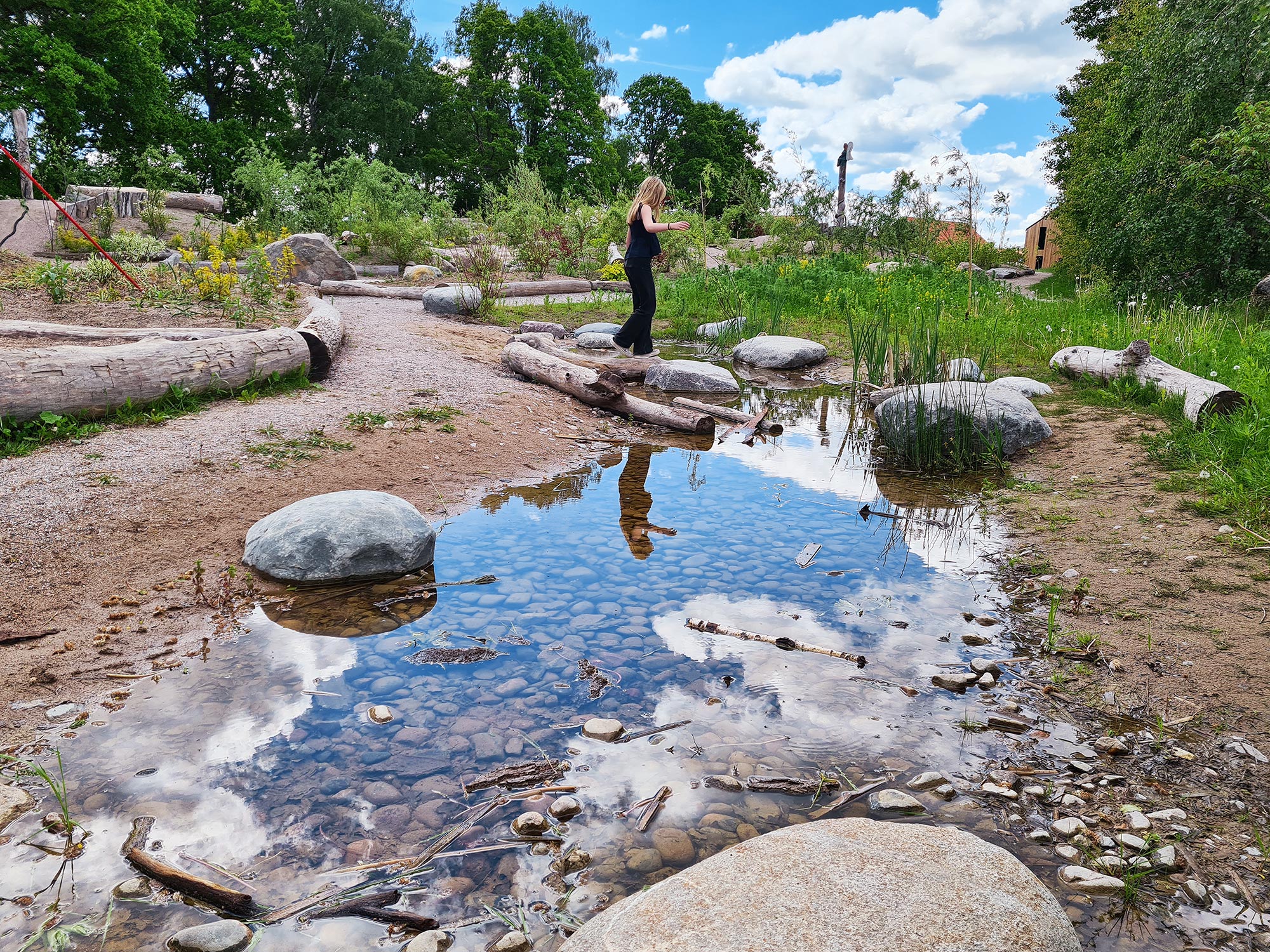
A play biotope from the research project 'Sustainable play environments in the city' .
Photo: Mattias Gustafsson
An eye for science. We see the world through our own eyes. Sometimes we need a microscope to see the bigger picture, other times patterns are clearer at a distance. Beauty can catch your eye from the bottom of a petri dish, during a walk in the woods, or in a new data series. SLU brings together people who have different perspectives, but they all have one and the same goal: to create the best conditions for a sustainable, thriving and better world.
